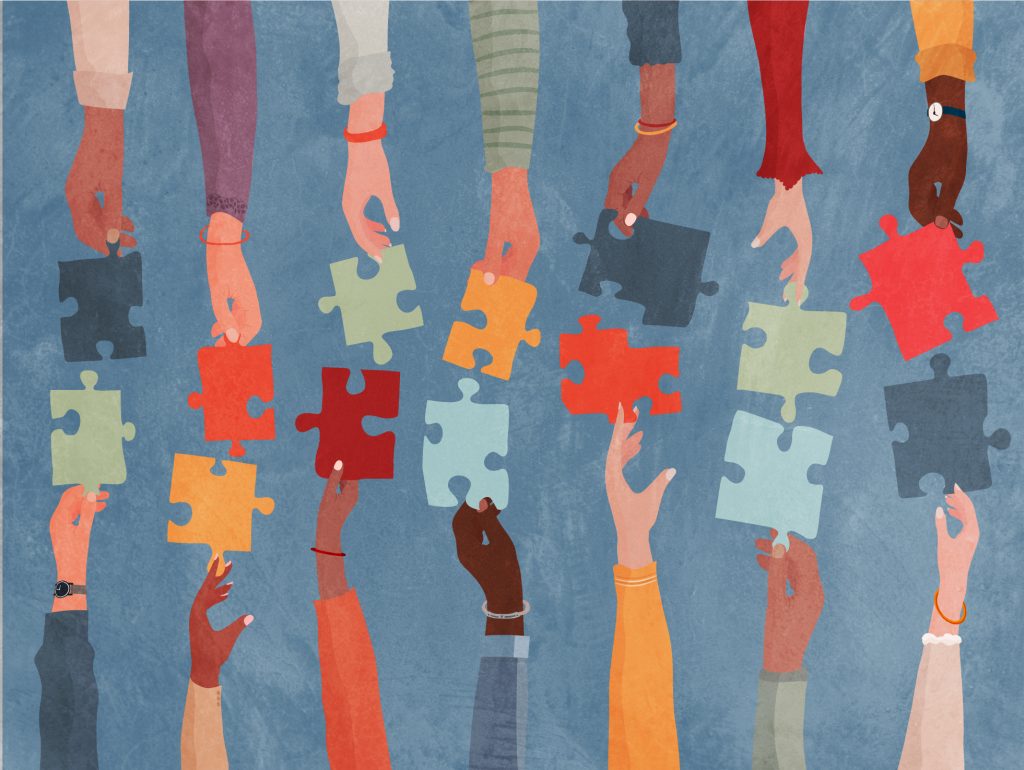The quest for diversity and inclusion in leadership positions has gradually permeated the world of politics. There’s an affirmative call for universal representation in a human chain that controls the world’s affairs. The primary focus is creating diversity and inclusion in the political leadership of the federal government.
Understanding the Importance of Diverse Teams
Demographic shifts, the war for talents, and a previous focus on homogeneous leadership require us to rethink our approach and understand the importance of diverse teams in the workplace. Diversity and inclusion play an integral role in creating a work environment conducive for all team members.
Acknowledge the Current Status
As a starting point, acknowledging the current status is essential in the journey towards actualizing diversity equity and inclusion. A noticeable lack exists in the representation of different cultures, genders, and underrepresented groups in leadership roles.
Set Clear and Bold Goals for Diversity
To overcome this deficiency, there is a need to set clear and ambitious goals to achieve diversity equity within a long term. These should include promoting diversity to ensure an inclusive leadership team that reflects the general populace.
Key Strategies to Foster Diversity and Inclusion in Government
Strategies for promoting diversity and inclusion in political leadership remain a complex and multifaceted process, fraught with pitfalls and resistance to change. The federal government must promote an inclusive workplace by addressing unconscious bias, promoting diverse cultural practices, and encouraging diversity initiatives.
Inclusive Leadership Traits
At the heart of an effective diversity and inclusion strategy is inclusive leadership. Inclusive leaders take the time to understand and appreciate different perspectives and cultures. They foster an inclusive culture, encouraging diversity and inclusion initiatives.
Addressing Implicit Bias
Tackling unconscious bias is critical to making tangible strides towards a diverse and inclusive environment. Regular diversity training is an effective way to address these biases and promote inclusion in the workplace.
Promoting Diverse Cultural Practices
Leadership in the modern age requires a conscious effort to understand the nuances of different cultures. By promoting diverse cultural practices, the federal government can create an environment where everyone feels included and valued.
Encouraging Diversity Initiatives
In driving the goal of achieving a visibly more diverse team, the federal government can encourage diversity and inclusion initiatives. Such efforts could range from sponsoring multicultural festivals to implementing inclusive policies that promote diversity.
Building a Culture of Inclusivity
United States’ federal government should serve as a beacon of inclusivity, constantly improving policies for equity and inclusion. This includes decision making at all levels and diversifying recruitment and promotion processes.
Improving Policies for Greater Equity
Improving policies for greater equity and inclusion can go a long way in fostering the culture of inclusion and belonging envisioned. Such policies might focus on creating an inclusive recruitment and promotion process that mirrors the diverse populace it represents.
Fostering Transparency in Decision Making
Transparency is a crucial factor in promoting a culture of inclusion. By involving various groups in decision making, the federal government ensures that a broad range of perspectives are considered and incorporated. This inclusion strategy ensures all beliefs and views are represented.
Diversifying Recruitment and Promotion Processes
To create a visibly diverse leadership, there is a need to restructure recruitment and promotion processes to be more inclusive. This will involve the active participation of human resources to attract talents from diverse backgrounds.
Overcoming Challenges in Implementing Diversity and Inclusion Strategies
There are myriad obstacles to overcome while implementing diversity and inclusion strategies in the federal government. These include employees’ resistance to change and the need for continual improvement and engagement.

Tackling Resistance to Change
Change, especially at the cultural level, can be met with significant resistance. The federal government needs to address these fears and anxieties head-on. Employee engagement must be a priority, with regular meetings held to address concerns and fears.
Ensuring Continual Improvement and Engagement
Continual improvement and engagement are the cornerstones of successful diversity and inclusion in the workplace. Inclusion efforts must be ongoing and adaptable, always striving for a more inclusive workplace.
Highlights of Successful Government Diversity and Inclusion Cases
There have been several notable successful examples of diversity and inclusion strategies implemented in the United States.
Example 1
A shining example is seen in the public sector, where a five-year strategy focusing on diversity and inclusion initiatives led to an almost 20 percent of employees from underrepresented groups in leadership roles within the first three years.
Example 2
Another government department championing diversity and inclusion strove to ensure at least half of all new hires emanated from underrepresented groups. As a result, after two years, they had a noticeable increase in diverse teams, showcasing a much-welcomed culture of inclusion in its ranks.
For the United States government, diversity and inclusion remain not just on their agenda but an action plan to promote diversity in all facets of its leadership representation. Rights reserved. With a powerful commitment to advance an inclusive workplace, it’s certain that the journey towards achieving diversity and inclusion will be a successful one.

